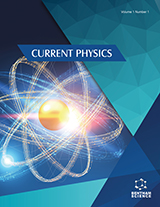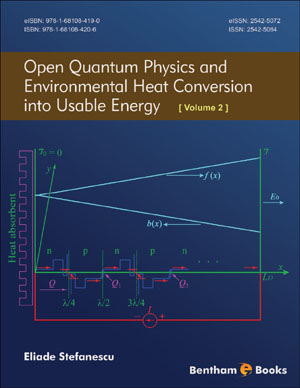Abstract
The reaction of a material body to electromagnetic fields depends not only on the nature of its individual atoms and molecules – which are the seats of electric and magnetic dipoles – but also on the classical as well as quantum-mechanical interactions among its various atomic and molecular constituents. The interatomic interactions may be short-ranged, such as those associated with exchange-coupling among the near neighbors, or they could be mediumrange or even long-range, such as those mediated by conduction electrons. As useful and powerful as the Lorentz oscillator model of Chapter 6 has been in many practical applications, its main shortcoming is that it represents dipoles that respond to nothing but local electromagnetic fields. When the states of adjacent dipoles, or those of dipoles that are further removed, happen to have a direct impact on the behavior of a given electric or magnetic dipole, the Lorentz oscillator model must be modified to account for such interactions. In this chapter we explore the consequences of nearest-neighbor couplings among the electric dipoles of a homogeneous, linear, isotropic medium. It is these interactions that lead to spatial dispersion.













